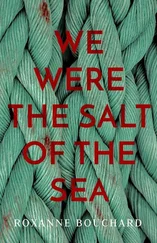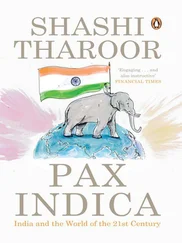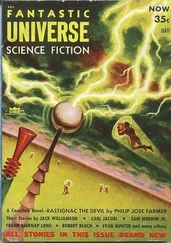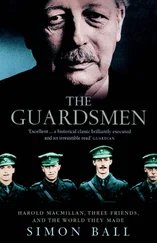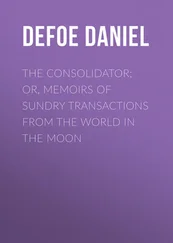There were only two possible solutions to the problem: complete control over all access points to the West, including air corridors, or to build a wall. Since complete control of the airways was not feasible, Ulbricht’s insistence on the immediate closure of the border and the position on the problem of the open border, which had meanwhile been adopted by Khrushchev, led to corresponding support for the planned measures. 22
A central argument for the decision was the volatile economical situation in the GDR and the increasing numbers of people leaving for the West. When Ulbricht returned from Moscow, the SED politburo began putting the plans, which had been discussed in Moscow, into action. (Which, in agreement with the Soviet side, were technically already being prepared). On August 10 thand 11 th, the People’s Chamber, the Council of Ministers and the East Berlin Magistrate adopted resolutions on border closure, the wording of which provided by the Sed. Only comrades in the highest political ranks were let in on the plans in order to keep them secret for as long as possible. At the same time, logistical preparations were being made and all the stops were pulled out on the propaganda front to prepare citizens for the radical measures.
It was via this propaganda offensive that Ulbricht invoked fears of military action from the West from which the GDR needed to protect itself. But for the GDR government, this was not actually about protecting GDR citizens, it was about preventing them free access to West Berlin. The aim was to stabilise the GDR.
The action was led by Secretary of the SED, Erich Honecker. He coordinated the complex task of closing the border. An operational group was formed at the Department for National Security to carry out the planned action. Whilst Soviet troops in the GDR and adjacent Eastern Bloc countries had been reinforced between May and July 1961 by several hundred thousands 23, cordoning off the border was to be conducted by the GDR border police, riot police and the company brigades. Entities of the National People’s Army had to be on emergency standby to stop potential attacks from the West. A third security squadron was formed by the Soviet troops at the “ring around Berlin”. The Ministry for State Security (MfS) was responsible for the internal political protection of the Wall’s construction. 24The GDR Ministry of State Security was in charge of securing the building of the Wall domestically. The mission operated under the names “Mission Rose” and “Mission Ring” and took place right across GDR territory. 25The records of intensive supervision of the GDR’s population were to be passed on to the Ministry hourly for the first two days. All mail in cross-border traffic was subjected to control, and telephone traffic to West Germany was completely interrupted. A state of all-encompassing supervision was to be established.
CLOSING THE BORDER AND THE CONSEQUENCES OF BUILDING THE WALL 26
On Sunday, August 13, 1961, the systematic sealing of the 160-kilometre-long border around West Berlin began. Members of the People’s and Border Police, as well as members of the Combat Groups of the Working Class were deployed along the border. They had 30 minutes to seal off 81 streets. At 1:30am, the forces also entered numerous train stations and rail traffic between the two halves of the city was permanently blocked. The station at Friedrichstraße was the only exception and remained in service as an interchange station for inter-sector traffic. Passenger trains from the West also stopped at this station.
The streets were sealed off in the following three hours. During this period, pavements were torn up, train track connections were separated, road barriers were erected and barbed wire was lain. When the city began to wake at 6:00am, everything had been closed off. Only 12 road links remained open where people could pass between East and West and they were strictly regulated. The Brandenburg Gate was cordoned off in the following days as well as further streets. Only eight crossings remained and strict controls were carried out at such crossings.
On 15 thAugust, two days since the border’s closure, East Germany’s National Defence Council decided that the border should continue to be fortified by the military. In the hours of darkness between 17 thand 18 thAugust, work began to replace the barbed wire with concrete blocks. Contrary to Ulbricht’s claims two months earlier, construction workers were now standing at the border and sealed off the city once and for all: The Wall became more insurmountable by the day. The Wall became more and more insurmountable with each day that passed.
Citizens in both East and West looked on, bewildered. They faced the Wall, furious and powerless.
Members of the People’s Police kept citizens at bay with machine guns under their arms. Those who protested were arrested. An agitated crowd also gathered on the western side. West Berlin police had also been deployed along the border to move people away from the Wall and help prevent the situation from escalating. Everyday life in the city had been turned on its head overnight. Tens of thousands of families were torn apart by the Wall, couples were split, parents kept from their children, friends hips destroyed and neighbourhoods ruined. Countless people lost their jobs, their way of life and their prospects. Indescribable human tragedy went on as the world watched. Some people still managed to escape the East where it was possible. Many broke through the barbed wire or jumped from windows onto safety blankets held out by the West Berlin fire brigade. In September and October, more then 2000 people were evicted from their homes along or near the border. People at the Inner-German border were also forced to resettle as a result of “Operation Consolidation”.
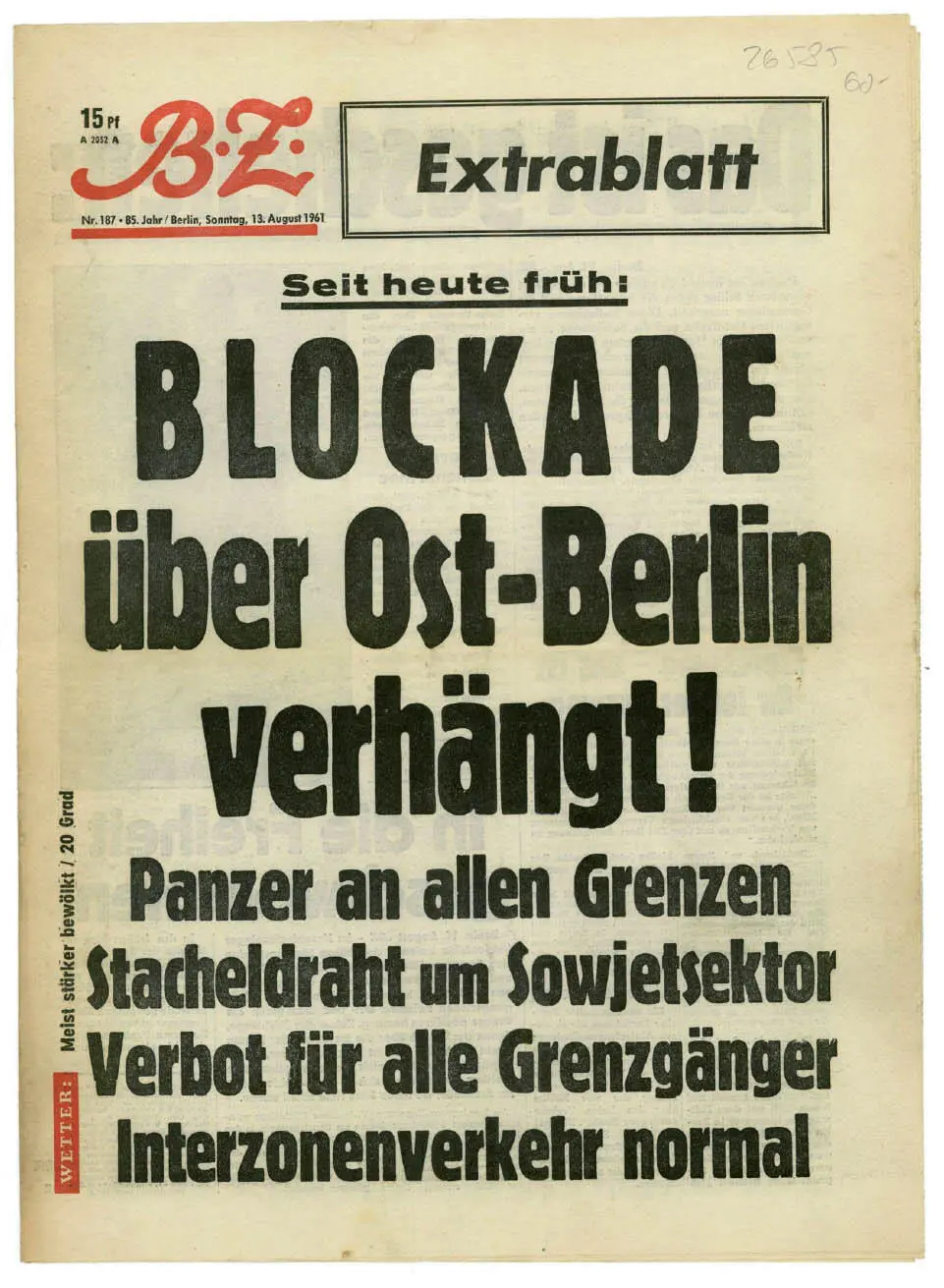
Special edition of “BZ” about the construction of the Wall
© Archiv Bundesstiftung Aufarbeitung
The world held its breath. Would the West tolerate the massive operation at the most sensitive point of the “Iron Curtain”? Indeed, Willy Brandt was publicly criticising the closing of the border and referred to it on 13 thAugust as an “outrageous injustice”, but could do little more than to call the protecting powers. 27
The break with the Four-Power-Agreement by the Soviet Union was also a blow to Konrad Adenauer, Chancellor of the FRG. He made sure not to lose sight of the goal to reunify. 28
Adenauer, however, came under criticism for his restraint, especially since he assured the Soviet Union that he would not take any steps that might further strain relations between the Federal Republic and the USSR and worsen the international situation. The situation was tense and fears grew that the outbreak of war was imminent. 300,000 citizens of Berlin gathered in front of Rathaus Schöneberg (in the West) on 16 thAugust 1961. They called for serious action to be taken by the western powers and safeguards for West Berlin. The Allies had hardly reacted and anything they had done in reaction was only by means of verbal protest. The people’s discontent was evident on the banners: appeals such as “70 hours without action – doesn’t the West know what to do?” or “Paper protests don’t stop tanks” 29made clear the fears of having been abandoned by the West. Willy Brandt wrote a letter to the American President in which he wrote “Berlin expects more than words, Berlin expects political action”. Addressing the East, “all functionaries of the zonal regime, all officers and enlisted men”, Brandt appealed in his speech: “Don’t be made fools of! Display human behaviour wherever possible and above all do not shoot at your own people!”
Читать дальше


